
Maurice of Orange was stadtholder of all the provinces of the Dutch Republic except for Friesland from 1585 at the earliest until his death on 23 April 1625. Before he became Prince of Orange upon the death of his eldest half-brother Philip William on 20 February 1618, he was known as Maurice of Nassau.

Hans von Aachen was a German painter who was one of the leading representatives of Northern Mannerism.
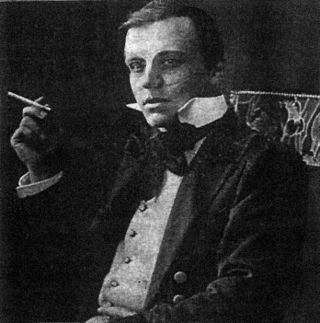
Hanns Heinz Ewers was a German actor, poet, philosopher, and writer of short stories and novels. While he wrote on a wide range of subjects, he is now known mainly for his works of horror, particularly his trilogy of novels about the adventures of Frank Braun, a character modeled on himself. The best known of these is Alraune (1911).

Sayn-Wittgenstein was a county of medieval Germany, located in the Sauerland of eastern North Rhine-Westphalia.

Christian I, Prince of Anhalt-Bernburg, also known as Christian of Anhalt, was a German prince of the House of Ascania. He was ruling prince of Anhalt and, from 1603, ruling prince of the revived principality of Anhalt-Bernburg. From 1595 he was governor of Upper Palatinate, and soon became the advisor-in-chief of Frederick IV, Elector Palatine.

Anne Catherine of Brandenburg was Queen of Denmark and Norway from 1597 to 1612 as the first spouse of King Christian IV of Denmark.
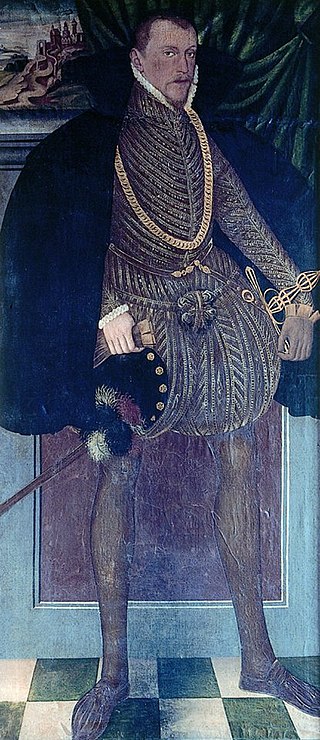
Albrecht VII, Count of Schwarzburg-Rudolstadt was Count of Schwarzburg and founder of the Line of Schwarzburg-Rudolstadt, which later received the title of Prince.

Handan Sultan was a consort of Ottoman Sultan Mehmed III, and mother and Valide Sultan to their son Sultan Ahmed I.
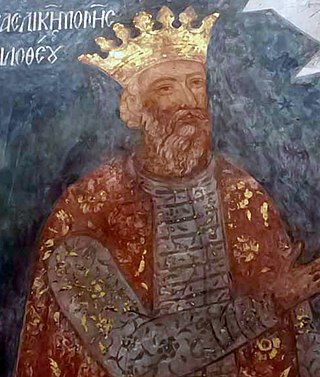
Levan, also known as Leon (1503–1574), was a Georgian monarch of the Bagrationi dynasty, who reigned as king (mepe) of Kakheti in eastern Georgia from 1518/1520 to 1574. He presided over the most prosperous and peaceful period in the history of the Kakhetian realm.

A bridge-spouted vessel is a particular design of ewer originating in antiquity; there is typically a connecting element between the spout and filling aperture, and the spout is a completely independent aperture from the usually smaller central fill opening. Early examples of the bridge-spouted vessel are found in ancient Persia in the early Iron Age and on Crete. This type of vessel typically appears in the Bronze Age or early Iron Age. A very early example of a bridge-spouted vessel in Minoan pottery has been recovered at the ancient palace of Phaistos on Minoan Crete, dating to the Bronze Age.
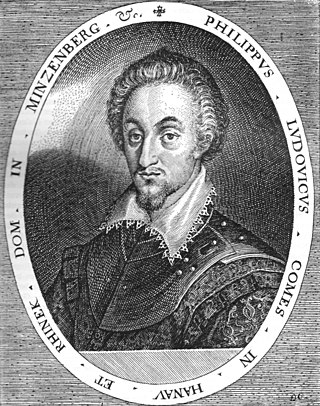
Philipp Ludwig II of Hanau-Münzenberg, was one of the most notable counts of Hanau of the early modern period, his policies bringing about sweeping changes.
Pedro de Zubiaur, Zubiaurre or Çubiaurre was a Spanish naval officer and engineer, general of the Spanish Navy, distinguished for his achievements in the Anglo-Spanish War (1585–1604).
William Thorne was an English clergyman and orientalist, Regius Professor of Hebrew at Oxford in 1598.
Two ships named Trost served with the Dano-Norwegian navy between 1602 and 1653.
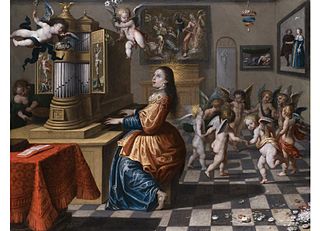
Gerard de la Vallée was a Flemish painter of landscapes and history paintings. His work was inspired by the great Flemish masters and mainly produced for the export market.
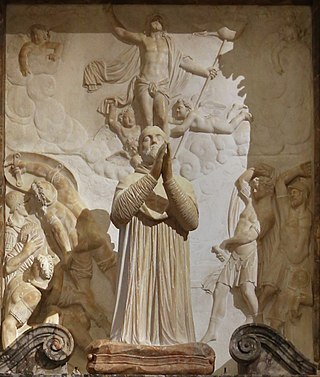
Gillis van den Vliete known in Italy as Egìdio della Riviera was a Flemish sculptor, restorer of ancient sculptures and antique dealer. His active career was spent in Italy, mostly in Rome. He produced both religious and secular sculpture including garden ornaments and tomb monuments. On some large projects he collaborated with other sculptors such as Nicolaes Mostaert, a Flemish sculptor active in Italy at the same time. His works are executed in the Northern Renaissance style which he had been trained in, in his native Flanders, but also intimate the advent of Baroque sculpture.

Ewer with the head of a rooster is a ceramic ewer kept in the department of Islamic arts of the Louvre museum. It is representative of a type of production found in the art of the Seljuk dynasty of Iran of the 13th century.

Aḥmad ibn 'Umar al-Dhakī al-Mawṣilī was a 13th-century metalworker from Mosul, now in Iraq. He is known from three surviving works over a period of about 20 years from 1223 to 1242–43. He operated an atelier (workshop) with his ghulam Abu Bakr Umar ibn Hajji Jaldak. The epithet "al-Dhaki" means "the sagacious".
The al-Aziz rock crystal ewer is a Fatimid ewer vessel dated to c. 11th century Cairo. It currently resides in the Treasury of St Mark's Basilica in Venice, Italy. The al-’Aziz ewer is carved from a single piece of rock crystal, standing at approximately 18 centimeters tall with a circular base 12.5 centimeters in diameter. The vessel is pear-like in shape, featuring a wide spout with a narrow neck facilitated by two moldings just above its inscription. Affixed to the ewer is a narrow handle carved from the same piece of rock crystal as the ewer body that extends from the neck down to nearly its base. A figurine of an ibex is affixed to the top of the handle. Below the bottom molding of the ewer is a footring made of gold and enamel, which along with the gold inlaid to the handle, was added in a European workshop that can be dated to the 16th century. The ewer’s body is made of thin walls adorned with unique engravings, the focus of which is a palmette motif whose axis of symmetry aligns with the spout of the ewer. This winding foliate motif extends from the top to the bottom of the ewer, as well as the handle. Flanking either side of the central foliate carvings are engravings of lions, each distinguished by individually carved dots and seated to face the central foliage on the ewer.















